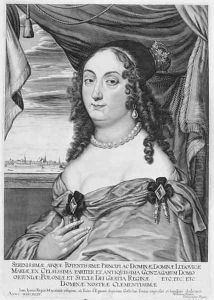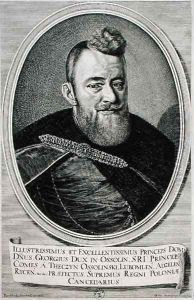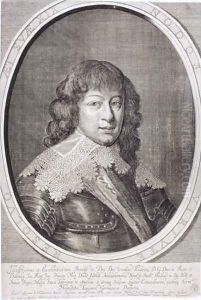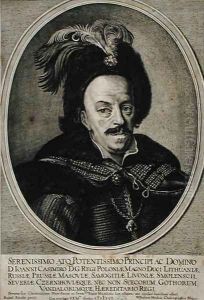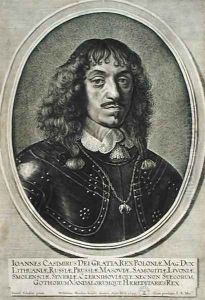Willem (Wilhelm) Hondius Paintings
Willem (Wilhelm) Hondius was a Dutch Golden Age engraver, draftsman, and painter born in The Hague, Netherlands, in 1597. His father, Hendrik Hondius I, was also an accomplished engraver and publisher, which provided Willem with an artistic environment conducive to developing his skills from a young age. Despite the overshadowing fame of his father and relatives in the same field, Willem established his own reputation as a fine artist in his right.
Willem Hondius's training is not well-documented, but it is believed that he learned the art of engraving under the tutelage of his father. He developed a particular skill in this medium, which was highly regarded for its precision and ability to reproduce artworks. His works were known for their fine details and the clarity of his lines, a hallmark of a skilled engraver.
In 1627, Hondius moved to Danzig (now Gdańsk, Poland), where he worked for the rest of his life. This move was significant in his career as it allowed him to become a court painter to King Sigismund III of Poland. In Poland, he continued his work as an engraver and also took up larger commissions, including painting and cartography. His stay in Poland marked a period of productivity and creativity, and his engravings from this time provide valuable historical insight into the region's visual culture.
Willem Hondius's work as a cartographer is also noteworthy. He produced a map of Poland, which was widely disseminated and contributed to the geographic knowledge of the time. His engravings often included portraits and were used to illustrate books, making him an important figure in the transmission of knowledge and culture between the Netherlands and Poland during the 17th century.
Willem Hondius died in 1652 in Danzig. His legacy is preserved through his engravings and paintings, which are held in various collections and museums, illustrating the cultural exchange between the Dutch Republic and Poland in the Baroque period. Though his name may not ring as familiar as some of his contemporaries, his contributions to the arts during the Dutch Golden Age remain significant.
